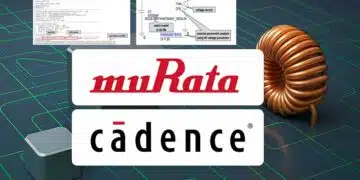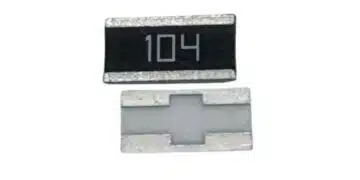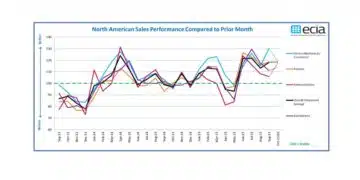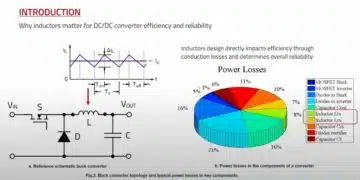This Würth Elektronik presentation is about sharing impedance variations and comparative analyses of transmission line structures and connector configurations.
In first segment, there is comparative analysis of PCB transmission line structures: straight, changed shape, and angle lines. In second segment, we investigate the impedance variation of connector contacts to PCB, including different mounting type.
Strategies for optimizing impedance across transmission lines, connectors, and PCB transmission line contact areas will be the last segment.
Optimizing Impedance Dynamics: Tuning PCB Transmission Lines and Connectors
This presentation explores the critical aspects of impedance matching in PCB transmission lines and connectors. It delves into common challenges, key factors influencing impedance, and provides technical guidelines for achieving optimal impedance dynamics in high-frequency applications.
1. Introduction
Effective impedance matching is essential for maximizing power transfer, minimizing signal reflections, reducing cross-talk, and minimizing energy loss in electronic circuits. This paper outlines practical approaches to addressing impedance mismatches in PCB transmission lines and connectors, with a focus on real-world applications and simulation-supported methodologies.
2. The Importance of Impedance Matching
- Maximizing Power Transfer: Ensures efficient signal delivery.
- Minimizing Signal Reflections: Reduces distortions that compromise signal integrity.
- Reducing Cross-Talk: Essential for maintaining clarity in high-speed circuits.
- Minimizing Energy Loss: Enhances overall system efficiency.
3. Transmission Line Design Considerations
- Types of Transmission Lines:
- Coplanar Waveguide with Ground (CPWG): Ideal for extending transmission from connector to signal source.
- Microstrip Line: Commonly used for connections between connectors and antennas or test boards.
- Impedance Influencing Factors:
- Trace width and geometry
- Angular propagation and path discontinuities
- Material properties and environmental factors
4. Common Challenges in Impedance Matching
- Right-Angle Turns: Cause impedance discontinuities leading to signal reflections.
- Connector Design: Variations in connector types (End Launch, Through-Hole Technology (THT), Surface Mount Technology (SMT)) introduce unique impedance challenges.
- Gap Dimensions: Gaps between connectors and PCB, and between center contacts and ground planes, critically affect impedance.
5. Technical Guidelines for Optimizing Impedance
- PCB Trace Adjustments:
- Implement smooth arcs instead of right angles.
- Gradually transition trace widths to avoid abrupt changes.
- Optimize gap distances through simulation.
- Connector Design Optimization:
- Adjust internal structures, such as adding notches or modifying air-to-dielectric ratios.
- Tailor center contact dimensions and placement.
- Balance the outer and inner contact geometries.
6. Simulation and Testing Methodologies
- Simulation Tools: Use of HFSS software for advanced modeling.
- Empirical Testing: Validation through Time Domain Reflectometry (TDR) and Vector Network Analysis (VNA).
- Iterative Design Process: Combining simulation data with physical prototypes for optimal tuning.
7. Case Studies and Practical Applications
- Customized Solutions: Documenting instances where tailored connector designs resolved critical impedance issues.
- High-Frequency Considerations: Specific challenges and solutions for frequencies above 6 GHz.
8. Conclusion
Achieving optimal impedance matching requires a multifaceted approach, combining theoretical knowledge, simulation, and practical testing. By addressing the key factors discussed, electronic designers can significantly enhance signal integrity and system performance.






























